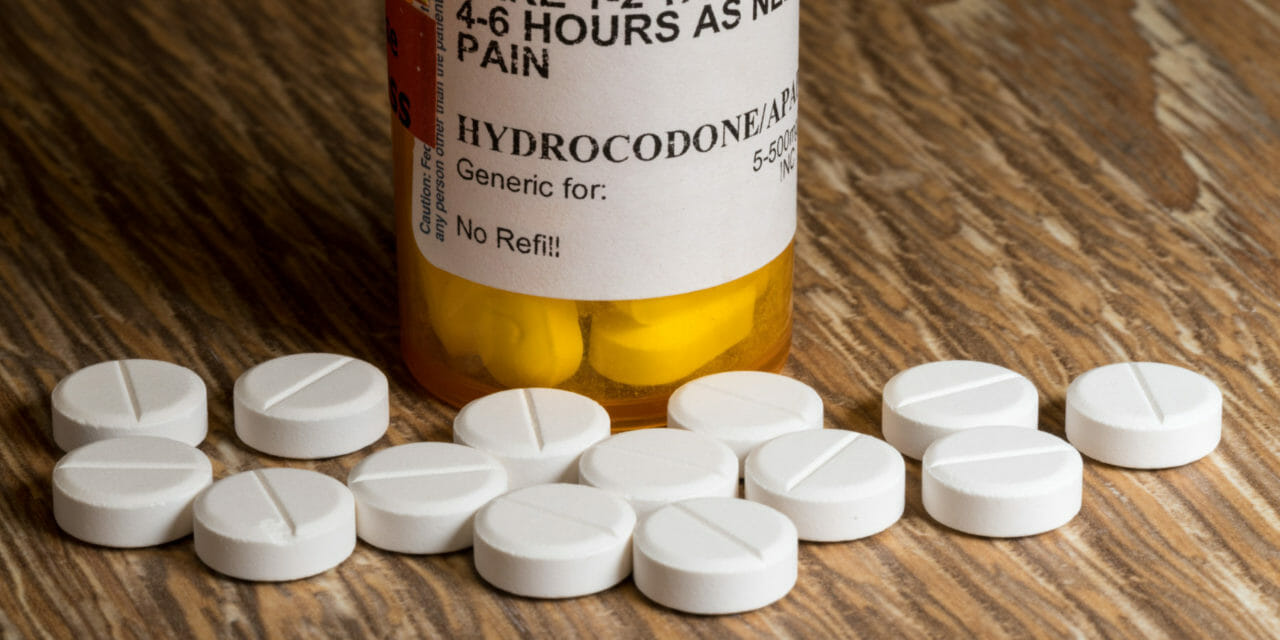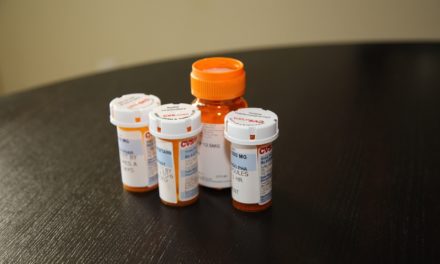Legislation to help patients with opioid use disorder heads to Senate
WAHINGTON, D.C. —The House on Nov. 17 unanimously passed Congressman Raul Ruiz, M.D.’s, CA-36, bill to expand access to lifesaving care for patients with opioid use disorder, specifically for those seeking long-term care after a trip to the emergency department.
H.R. 2281, the Easy Medication Access and Treatment (Easy MAT) for Opioid Addiction Act, would ease current restrictions that prevent patients from accessing the treatment they need to sustain their recovery until long-term treatment is available to them.
“As an emergency medicine physician, I know patients who wind up in the emergency room due to an opioid overdose often face unnecessary barriers to long-term care,” Ruiz said in a prepared statement. “I’m glad the House passed my bill, the Easy Medication Access and Treatment for Opioid Addiction Act, to help patients get the lifesaving care they need to treat their opioid addiction. I urge the Senate to vote on this bill right away to reduce barriers to long-term treatment and save lives.”
Emergency departments treat thousands of patients for nonfatal opioid overdoses each year, according to Ruiz’s office. After seeking treatment in the emergency department, patients with opioid use disorder oftentimes must wait days to receive the long-term care they need.
Between the time patients are released from the hospital and when they are placed into long-term treatment, patients may need Medication-Assisted Treatment (MAT) to relieve their withdrawal symptoms and prevent overdose. Current DEA regulations allow physicians to dispense three days of MAT to a patient who is waiting for placement into a long-term treatment program. However, it requires patients to return to the emergency department each day to get their daily dosage of MAT until they can begin long-term treatment.
H.R. 2281, the Easy MAT for Opioid Addiction Act, allows providers to dispense up to a three-day supply of Medication Assisted Treatment to an individual at one time for the purpose of maintenance or detoxification treatment. This legislation would help increase the number of patients who make it to long-term treatment and ease the burden on already overcrowded emergency departments.
The time between a patient’s visit to the emergency department and their placement in long-term care is critical to ensuring a patient makes it to long-term care. In fact, 1 in 20 patients treated for a non-fatal opioid overdose in an emergency department died within one year of their visit, many within two days.
Image Sources
- Opioid: Shutterstock





![Enrolling Now, Rewarding Careers Ahead [Sponsored]](https://ukenreport.com/wp-content/uploads/2024/04/COD_heroes_1-1385-2-440x264.jpg)

